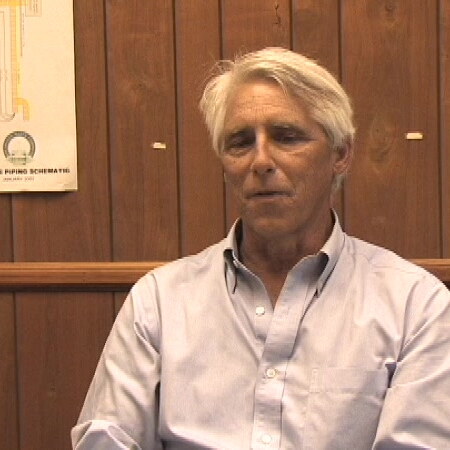6.3 Operation and Maintenance Costs
The basic functions of keeping a water or wastewater facility running fall under the category of operation and maintenance. These two types of actions are often lumped together as one, but in this section, they will be separated into two distinct activities.
Operations, or operational activities, can be classified into three categories: standard operating procedures, alternate operating procedures, and emergency operating procedures. During the normal course of operations of a water or wastewater facility, standard operating procedures should be used. Standard operating procedures represent those activities that operators perform on a routine basis to keep the plant functional and to ensure that all permit conditions or regulatory requirements are met. These activities include opening and closing valves, turning on and off pumps, filling chemical tanks, taking chlorine residual readings, conducting a jar test, and putting fuel in vehicles.
Standard operating procedures will be used most of the time. However, conditions may change. Perhaps a piece of equipment is taken off line for maintenance or repair or for scheduled shut-downs. Under these conditions, the utility should follow alternative operating procedures. When severe conditions occur, such as natural disasters (flooding, tornadoes, fire) or the sudden failure of a critical asset, the utility needs to follow emergency operating procedures.
The key to efficient operations, whether standard, alternate, or emergency, is to ensure that all personnel are familiar with the procedures. Standard and alternate operating procedures should be captured in an operations and maintenance manual. For a small utility, the manual does not need to be lengthy or excessively detailed. It needs to clearly state what procedures should be followed during normal conditions and how those procedures might be modified in circumstances that call for alternate operating procedures, and it should specify the conditions that require alternate operating procedures. The document should be in a format that is easy to understand, and, above all, should be available to utility personnel. The document should be easy to modify if new procedures are adopted or conditions change.
Emergency procedures can be included in the operations and maintenance manual as a separate section or they can be specified in a special emergency procedures document. These procedures must be kept in an accessible place at all times - a place that will be available to any employee during an emergency. It is a good idea for emergency procedures to be kept in multiple places and in hard copy to ensure accessibility, including in the event of a power failure preventing access to electronic files. Emergency procedures should be coordinated - in advance - with first responder personnel, such as police, fire, hazardous materials response teams, and medical facilities. The emergency procedures should consider all types of potential emergencies at the facility and specify responses to each of these emergencies. Responses should also be practiced in advance to ensure that everyone knows what actions to take, who to call, and how to coordinate with other agencies. EPA has a free tool called Tabletop Exercise Tool for Water Systems, that can be used to practice an emergency scenario. The tool also includes many resources to assist utilities with emergency preparedness procedures and planning.
Maintenance involves those activities that help keep the assets in good working order so that it will operate smoothly. These activities include such things as: changing the oil, flushing water lines, cleaning out a sewer, and lubricating moving parts. Maintenance falls into the broad categories listed below.
- Routine Maintenance
- Planned Maintenance
- Preventative Maintenance
- Warranty-Related Maintenance
- Corrective Maintenance
Planned maintenance is any work that is done on the asset in a planned and predictive way, rather than as a response to a failure or crisis. An example of this type of activity is a planned sewer cleaning program. The utility may decide to clean 1 mile of sewer every month, and a plan can be developed to move through the sewer utility to get this work performed.

|
|
|

|
|
|

|
|
|

